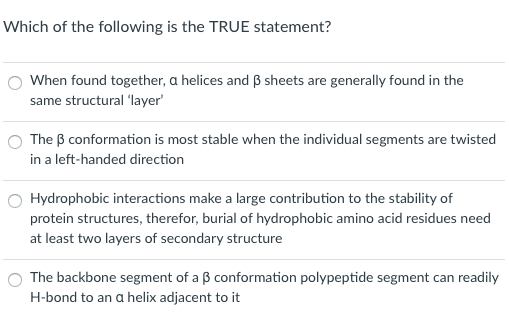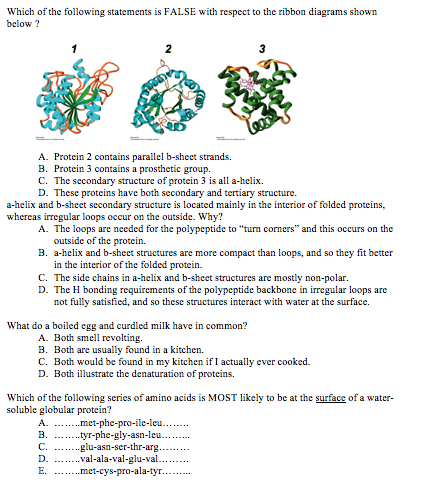BCH 2333 Lecture Notes - Lecture 8: Alpha Helix, Rossmann Fold, Supersecondary Structure
Document Summary
All of the other structures form from this. The side chains are organized in a specific way. Within these structures, there are sequences of secondary structures called motifs . Motifs make up functional units, and the protein fold around them. There is about a 100 different motifs that can make up the function of the range of globular protein. Alpha helix, a turn and then another alpha helix. Turns can be really short like the gamma turn which is only 3 residues. Loops are the most unique and often the most functional parts of a protein. The interaction of the helices can also change the structure and function. When you look at the helical angle you look at the two axes. Helix-loop-helix: the leucine zipper is an important example of this. Helix-helix interface is often hydrophobic because it excludes water to increase the g. Helps stagger the amino acids so that the r groups are organized in a certain way.




